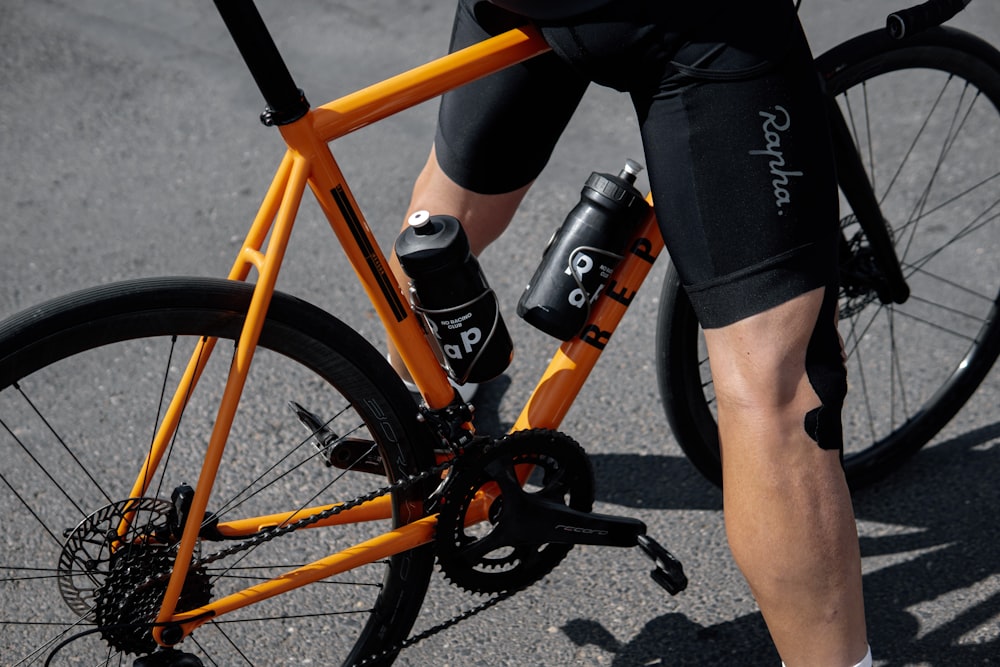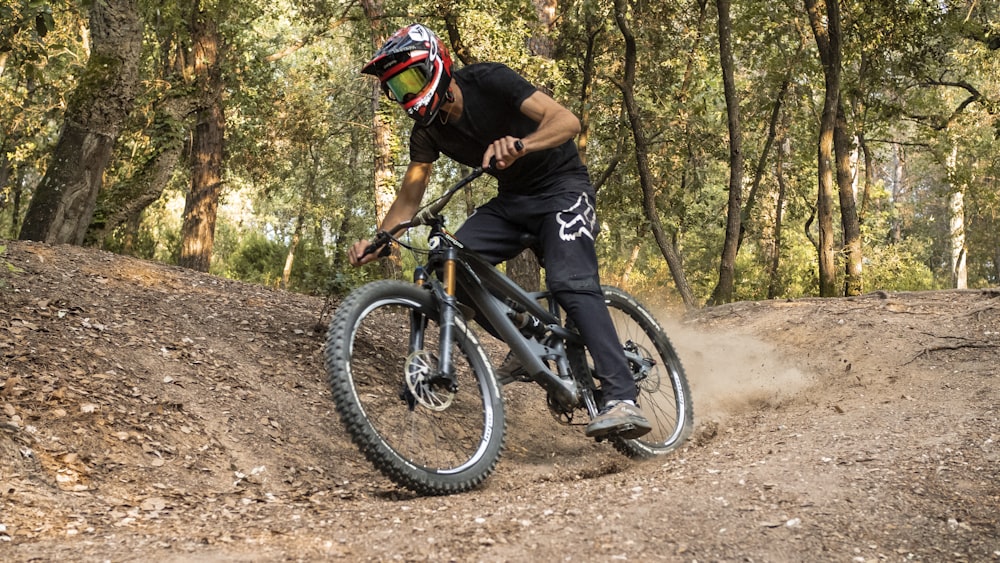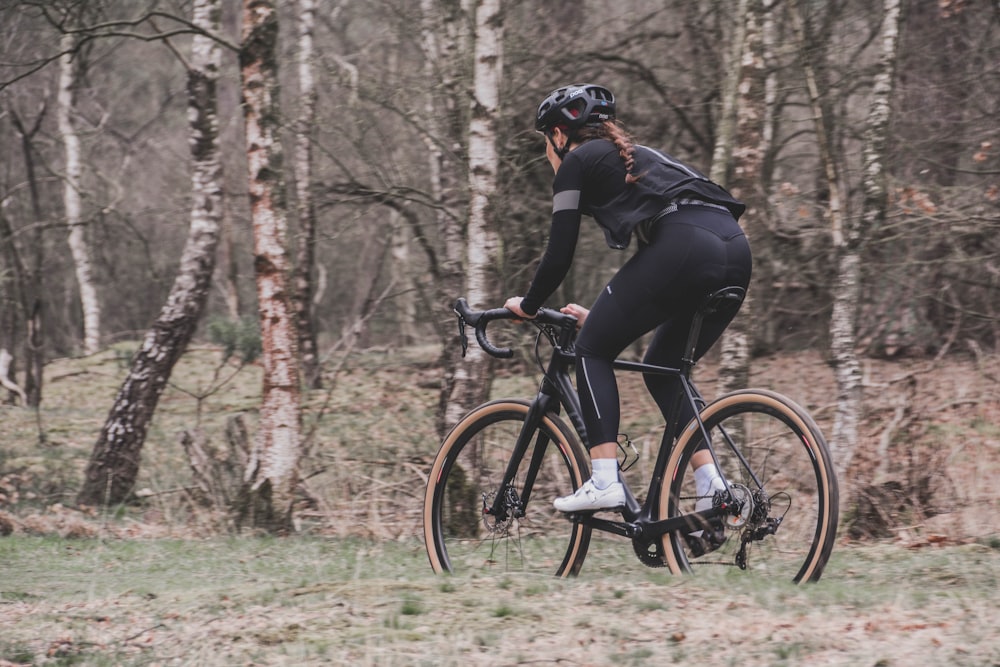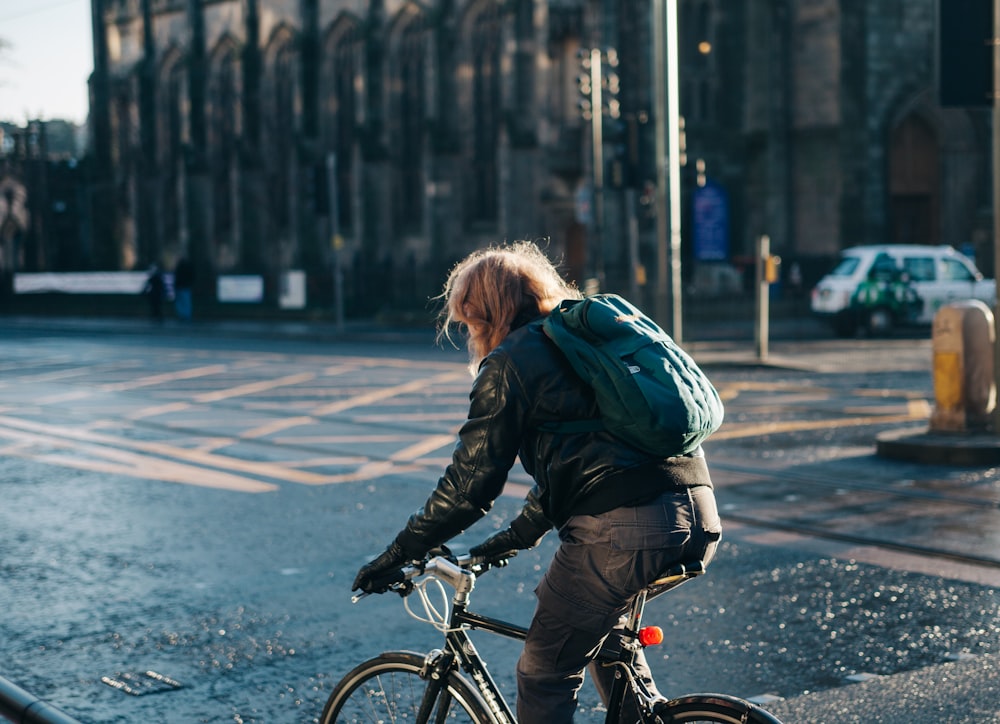Clipless vs Flat Pedals: Is a Flat or Clipless Pedal Better for You?

Deciding between clipless vs. flat pedals can be tricky, especially for beginners. Each cycling discipline has different demands and characteristics, changing which style is the most effective.
As you gain experience as a cyclist and try both clipless and flats, it should become clear which one suits you, your preferred discipline, and your riding style. Of course, each has several pros and cons relating to factors like price, efficiency, and comfort.
Clipless pedals are not a necessity, and you can get most of the enjoyment from your rides by sticking with platform pedals.
To help you make the right choice for yourself and your bike, we will cover the basics of both clipless and flat pedals and their pros and cons for each discipline, finishing with answers to some frequently asked questions.
What Are Clipless Pedals? And Why Are They Called So?

‘Clipless’ pedals include two distinct styles, SPD and SPD SL pedals, also known as road clipless (three-bolt) and MTB or off-road clipless (two-bolt). Both of these pedals use a cycling shoe with cleats attached. The cleats clip onto the pedal, locking the shoe in place.
The name ‘clipless’ is a misnomer. They received this name after replacing the popular pedals at the time that had toe clips or straps attached. Riders had to tighten these straps by hand to secure the foot, which was far more cumbersome than the new hands-free clipless method.
Types of Clipless Pedals

SPD SL and SPD clipless pedals — The two most popular types in the cycling world.
As mentioned above, clipless pedals come in two primary designs. Mountain or off-road pedals are typically double-sided and used with two-bolt cleats. On the other hand, road pedals are single-sided and used with three-bolt cleats.
The plastic three-bolt cleat of road systems attaches to the sole of road cycling shoes and allows them to connect to single-sided pedals. This design creates a lightweight, efficient, and specialized system that works for road cyclists who don’t need to clip in and out repeatedly. Additionally, it is very challenging to walk using these shoes.
Types of Bike Pedals — A Beginner’s Guide
Conversely, the mountain biking pedals use a smaller, two-bolt cleat that recesses into the sole of the shoes and connects to either side of a dual-sided pedal. This system is more versatile and cross-disciplinary, allowing riders to walk comfortably once dismounted. Many commuters, gravel riders, and bicycle tourers use this setup.
Both systems are more costly and complex than regular shoes and flat pedals. In addition, they require some practice to master clipping in and out. However, once you’re comfortable using them, they ensure greater efficiency and better power transfer, and they keep your feet secure when you’re riding rough mountain biking trails.
Importance of Properly Adjusting Clipless Pedals

Tommaso Strada road cycling shoes with SPD-SL cleats. | Source: Amazon.com
It’s essential to set the cleats appropriately on the base of your shoes. They’re designed to keep your foot in one position, so it can cause discomfort or a repetitive strain injury if that position is poor and you continue riding. Finding the perfect setting for your body requires trial and error or a professional bike fit.
Most road shoes come with markings on the sole, which you can use to determine if the cleat is straight or not while you attach the bolt. Using these markings, you can change the angle of how each shoe will clip onto the pedal and find the most natural and comfortable position for you.
If you get pain along the inside or outside the knee, check out our article on knee pain to adjust your cleats to solve the issue.
Another variable of clipless pedals is ‘float.’ Float is the degree of lateral movement available to your foot while clipped in. The float you choose is typically a personal preference and changes with experience. Each clipless pedal manufacturer has different settings, indicated by the color of the cleats. For example, Shimano SPD-SL cleats are as follows:
- Red – Fixed position, no float
- Blue – 2-degrees
- Yellow – 6-degrees
The other most popular manufacturer, Look, uses:
- Black = Fixed position
- Gray = 4.5-degrees
- Red = 9-degrees
Pros & Cons of Clipless Pedals

Shimano, Look, and Time — the three most popular clipless pedals brands.
The next section will discuss choosing pedals based on your preferred riding style. But, first, here are some general advantages and disadvantages that apply to clipless pedal systems, regardless of the discipline.
- Improved pedal stoke efficiency
- Feet are kept secure in an optimal position
- Better power transfer during intense efforts
- More advanced, lightweight technology
- Recruitment of more muscle groups to reduce fatigue
- No bruised shins from hitting the pedals
- Clipless systems are more expensive as you must purchase specific shoes, cleats, and pedals
- They are tricky to get used to, with the possibility of tipping over if you don’t clip out in time
- The different brands are generally not interchangeable
- You cannot walk properly in road shoes
- Not more efficient during steady, low to moderate intensity efforts
- Poorly positioned cleats can cause pain or injury
Pros & Cons of Flat Pedals

OneUP Components aluminum flat pedals.
- Easy to use
- The best way to learn the correct riding technique
- Generally cheap (although high-quality MTB shoes and flat pedals can be pricey)
- No chance of tipping over when you come to a stop
- Less chance of repetitive strain injury from poor foot position
- Fewer adjustments and less maintenance required
- You can get a foot down quickly when mountain biking
- Loss of power when pedaling hard
- Flat pedals and regular shoes are heavier
- You can’t pull up on the pedals
- Feet slip off and move around on bumpy terrain
- Less control of the bike for bunny hopping
- Slippy in wet conditions
- It’s easy to bang your shins
Clipless vs. Flat Pedals: How to Choose Based on Your Preferred Riding Style
As we touched on above, your riding style and individual preferences determine the type of pedal you will favor. To help you decide, we will compare flat vs. clipless pedals for road biking, mountain biking, gravel biking, and commuting.
Road Cycling

Single-sided clipless pedals are the go-to choice for road cyclists.
Clipless pedal systems provide the most distinct advantage for road riding. Most road cyclists use single-sided clipless pedals for their lightweight build and the stiff soles on road shoes that allow maximum power transfer during hard efforts. Also, clipless shoes are—let’s face it—a fundamental part of the roadie uniform.
It can be overwhelming for beginner road cyclists to start using a road bike and clipless pedals at the same time. Road bicycles handle differently from other kinds because of their narrow handlebars and the distinct shifting layout and brake lever positioning.
SPD SL clipless pedals are the best choice for road biking due to offering better power transfer and more stability.
In addition, road bikes have aggressive aerodynamic riding positions. For this reason, it’s beneficial to become familiar with riding a road bike while using flat pedals, then make the change to clipless if you want.
Another point worth mentioning is you usually don’t need to clip in and out regularly when riding a road bike, making this process less of an issue. Likewise, most roadies don’t need to walk more than a few feet during rides, such as during a mid-ride coffee stop.
In summary, clipless pedals for road biking outperform flat pedals in most respects, so if you’re willing to spend the extra money and time setting them up, we recommend giving them a try.
Mountain Biking

Some mountain bikers prefer clipless pedals, whereas others go with flats, depending on the discipline they ride the most.
Whether to ride flats or clipless pedals in mountain biking is contentious. It’s hard to dismiss that most professional MTB riders use clipless systems for their performance advantage in high-level riding. However, the better choice for the average MTB rider is harder to determine, with a slightly higher percentage of mountain bikers now choosing clipless pedals.
Mountain biking clipless pedals are easier to clip into than road pedals, and it takes a lot to block them, although it can happen in very muddy conditions. In addition, they allow riders greater control and maneuverability on the bike, more efficient pedaling when climbing, a consistent foot position, and eliminate the chance of ‘shinning’ yourself if your foot slips.
The primary issues with clipless pedals for mountain biking are the time it takes to get a foot out for balance, the higher cost, and how long it takes to master using them.
Conversely, flat pedals are cheaper, more straightforward to use (except when learning MTB-specific techniques), and safer because you can quickly get a foot down if things get hairy.
But, unfortunately, they’re not as efficient for XC style riding, your foot will bounce around and slip on occasion, even with spiked pedals, and high-quality mountain biking shoes and flat pedals can also be expensive.
We feel choosing clipless pedals or flats for mountain biking is more or less a coin-toss. Nevertheless, depending on which characteristics you value more, we hope you can now make a more educated decision.
Gravel Riding

Two-sided MTB-style clipless pedals are universaly accepted as the go to choice for gravel riding.
Gravel riding is a mix of road and mountain biking disciplines, usually involving mixed-terrain, long-distance rides. Given that, it’s likely that most gravel riders would benefit from the added efficiency, power transfer, and control afforded by clipless pedals, as with road cyclists. Additionally, gravel riding isn’t so technical that you need the freedom to put a foot down at any moment.
SPD-style gravel bike pedals like Shimano’s SPD or Look’s X-Track are ideal. The shoes used with off-road pedals allow you to walk and carry your bike if necessary. Additionally, the mud clearance is much better than road alternatives, and you will still benefit from the efficiency and power transfer during long-distance century rides.
Commuting

Flat pedals are better for short commutes on busy city streets, but clipless pedals have many advantages on longer commutes.
Commuting is another riding style, like mountain biking, that is ambiguous. An aftermarket flat pedal (with a grippy surface) is suitable for most commuters, as frequent clipping in and out due to traffic stops can be frustrating when riding clipless. Additionally, most commutes are shorter than ten miles each way, making the loss of efficiency unimportant.
The argument for mountain bike clipless shoes and pedals when commuting is relevant for longer commutes where you may benefit from a more efficient and comfortable pedal stroke. In addition, mountain biking shoes do a better job at keeping your feet warm and dry during wet or rainy commutes, and you can still walk in them once you lock up your bike.
We don’t recommend road clipless pedals for commuting as it’s hard to walk to them and more difficult to clip into, especially when you need to do it quickly at a traffic stop.



